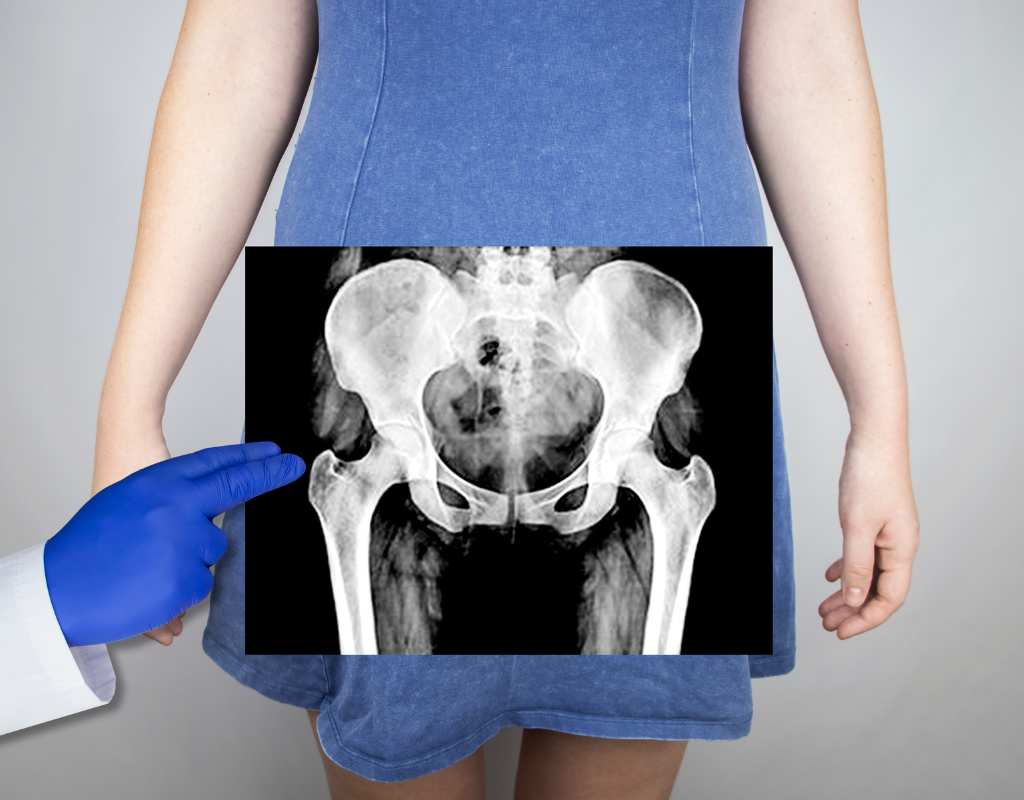I’m a firm believer in the mantra “knowledge is power”, so before I became a mum I happily gobbled up any information women were willing to share about birth and parenting. I was all prepared for the delivery suite, breastfeeding problems and baby blues. But there was one thing I was woefully uneducated about – uterine prolapse.
Understandably, mums are reticent about regaling everyone about the state of their pelvic floor because, well, it’s embarrassing (and it might put others off having babies altogether.) Unfortunately, what I know about prolapse has been gleaned after having one. It is a very sad state of affairs that I – and so, so many other women – have no idea of the precise damage pregnancy and childbirth can wreak on our bodies. So, in the spirit of sisterly awareness, here’s what you need to know about prolapse.
Who is at risk of a prolapse?
Got a set of female reproductive organs? Planning a family? Then you’re at risk. A prolapse usually occurs when the ligaments holding up the pelvic floor stretch substantially during pregnancy and childbirth, causing the uterus to descend. This in turn pushes the bowel and/or bladder against the vaginal walls. The first indication for many women that they have a prolapse is a frightening outward bulge of the vagina, often occurring after a bout of heavy lifting or a bowel movement. This bulge is the vaginal wall pushing out of the vagina entrance. Sometimes the prolapse is so profound that it is actually the cervix that pops out to say hello. Eek! No wonder women don’t like to talk about this stuff. The risk of prolapse is greater if you’re a person with generally stretchy ligaments (all that crowing about being able to do the splits might come back to haunt you), have problems with constipation, and it also increases with each subsequent pregnancy.
What can you do to reduce the risks?
Aside from never getting pregnant, the best way to reduce the risk of a prolapse is to become as deeply familiar with your pelvic floor as Miley Cyrus is with unflattering unitards. Unless you’ve studied human anatomy or physiotherapy there’s a strong chance you’re as vague about the location and function of the female pelvic floor as many men are of the clitoris. Next, work that pelvic floor like you’re Rocky training for a comeback bout. Google ‘pelvic floor exercises’, download a clench-reminding app, do Pilates. Quit worrying about what your thighs look like and focus on keeping your inside bits inside.
Now, what about birth? While the risk of prolapse is reduced slightly by caesarean birth, avoiding vaginal birth will not eliminate the likelihood completely. Also, as we keep being told, a caesarean is a major surgery with its own inherent risks and is best avoided unless strictly necessary. So, during your pregnancy, talk regularly with your care provider (GP, midwife, obstetrician) about positions for childbirth that may help you avoid permanent damage. Lastly, there are many reasons why straining on the loo is less than ideal: forcing pressure down on your pelvic floor after childbirth is one of them. If you’re prone to constipation, adjust your diet and water intake before becoming pregnant. Prunes and psyllium husks are your friends.
What treatment is available for a prolapse?
A prolapse is not a medical emergency, and one can just live with the symptoms. However, there is something uniquely demoralising and uncomfortable about it. If you think regularly wearing baby vomit and never finding time to wash your hair is bad for your post-partum self-esteem, the sudden appearance of a formerly internal part of your anatomy on the outside is infinitely worse. While the early warning signs of a prolapse are evidence that one has already occurred, don’t be shy about seeking treatment if you’re feeling “heaviness” or pressure in the downstairs area; having trouble clenching your pelvic floor; experiencing “leakage” of urine, or any other unusual sensations.
The first thing I did was ring my maternal and child health nurse. She advised me to lie on my back with my feet up in the air. While this gave me the time to ponder my need for a pedicure and whether our great grandmothers who birthed eight-plus children had to roll up their vaginal walls and tie them with a ribbon, it was a very short-term solution, indeed. Running around after crazed toddlers and attending to the constant needs of a newborn generally preclude long episodes of proneness. Next, I made an appointment with a physiotherapist specialising in various busted parts of women’s anatomy. The bad news, she told me, was that the pelvic ligaments can’t be repaired without surgery. However, a program of pelvic floor exercises could lessen the pull of gravity. She also educated me about the correct posture and even noises to make while on the loo (did you know it is better to “hiss like a snake” than “grunt like a bear”? Best not to do either in a public convenience.) Sex, she reassured me, is not only possible once you’ve had a prolapse, but strongly recommended! Orgasms help tone the whole area. When, exactly, mothers of little children have the time or energy for sex is, of course, a separate question.
In addition, I checked in with a gynaecologist who charged me several hundred dollars to say that, yes, I’d had a prolapse, and I should keep up the pelvic floor exercises. Not being keen on being sliced open, I was glad he didn’t recommend an immediate operation to fix those maxed-out pelvic ligaments, particularly as there is a high chance of prolapse reoccurring post-surgery. If things don’t improve he suggested trying a pessary. These are like diaphragms with the middle bit cut out, and look like un-crumbed calamari rings. They help keep everything up. Any last tips from the professionals? Yes. I must commit to a life with no heavy lifting. While I don’t secretly dream of challenging the current weight-lifting champion in the next Olympics, it is confronting to be so physically restricted in my mere mid-thirties. But them’s the breaks.
Of course now that I’ve had a prolapse, I’m staggered to learn just how many women I know have been similarly afflicted: “Ah yes, that happened to me too”; “I had to have surgery for it”; “I was never able to pick up my children or chop wood again.” Why didn’t any of you ladies warn me? Well, dear Kidspot readers, consider yourselves warned. All together now, CLENCH!
This article was written by Madeleine Hamilton for Kidspot Australia.
Read more:







Leave A Comment
You must be logged in to post a comment.